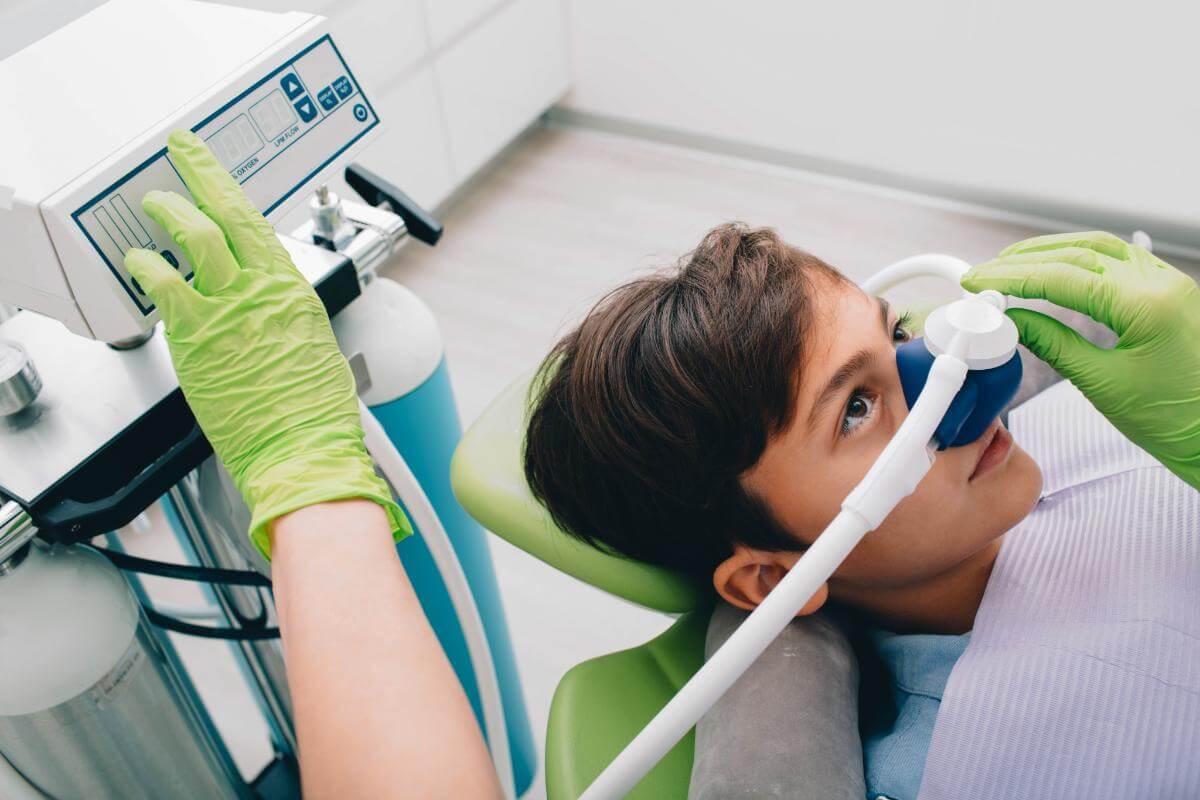Sedation dentistry is a transformative approach to dental care that addresses the anxiety and discomfort often associated with dental procedures. Many individuals experience fear or unease when visiting the dentist, which can lead to avoidance of necessary treatment. By incorporating various levels of sedation, dental professionals can create a more relaxed and comfortable environment, allowing patients to receive the care they need without the stress and apprehension that typically accompany it.
This article delves into the different types of sedation used in dentistry, the safety measures in place, and how these techniques can significantly enhance the overall dental experience. Whether it’s a simple cleaning or a more complex procedure, understanding sedation dentistry can empower patients to take charge of their oral health while reducing their fears and anxieties associated with dental visits.
Types of Sedation in Dentistry
There are several types of sedation used in dentistry, each tailored to meet the specific needs and preferences of patients. Oral sedation involves taking medication in pill form prior to the appointment, helping to calm nerves and induce relaxation. Nitrous oxide, commonly known as laughing gas, is another popular option that allows patients to remain conscious yet relaxed during the procedure. For individuals with more severe anxiety, intravenous (IV) sedation provides a deeper level of sedation, ensuring that the patient is in a comfortable state throughout the dental work. Patients can learn more about these methods and how they function in detail by visiting https://dentistatlantacoastdentals.com/how-does-sedation-dentistry-work-a-first-timers-guide/.

Safety Measures in Sedation Dentistry
Safety is a primary concern in sedation dentistry, and dental practices implement strict protocols to protect patients. Before any sedation procedure, a thorough assessment of the patient’s medical history and current health status is conducted. This careful evaluation helps determine the most appropriate type of sedation. Dental professionals are trained to monitor vital signs throughout the appointment, ensuring patient safety at all times. Additionally, many dental offices are equipped with emergency equipment and trained personnel to handle any unforeseen reactions to sedation, making the experience safer and more reassuring for patients.
In conclusion, sedation dentistry not only alleviates the fear and anxiety that many individuals face when seeking dental care, but it also fosters a more positive and manageable experience in the dental chair. By understanding the various sedation options available and the stringent safety measures in place, patients can feel empowered to pursue necessary treatments without dread. This innovative approach encourages regular dental visits, ultimately leading to better oral health and well-being. As dental practices continue to refine their techniques and prioritize patient comfort, sedation dentistry stands as a testament to the advancements in patient-centered care in the field of dentistry.

